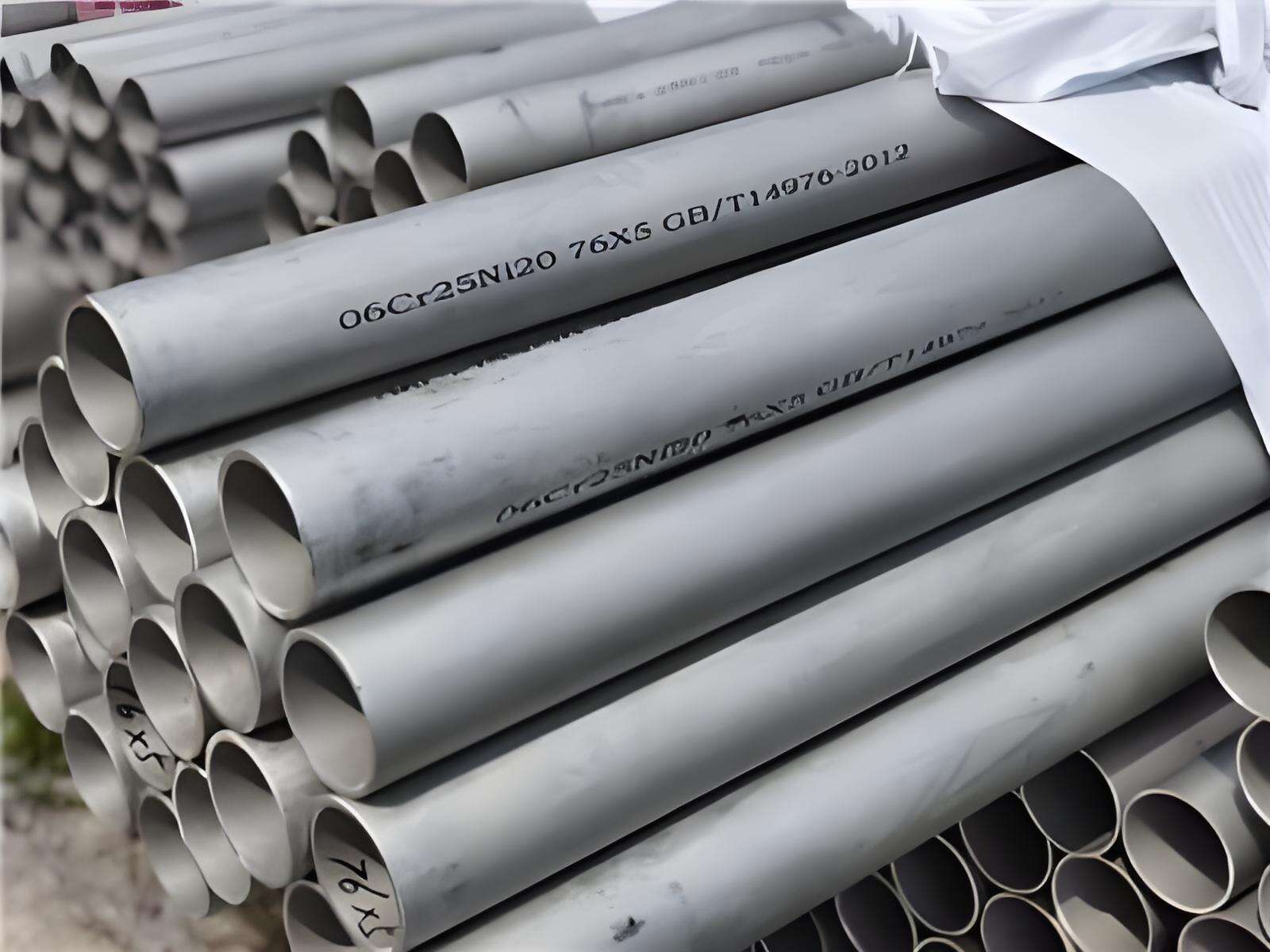astm a312 stainless steel pipe
ASTM A312 stainless steel pipe is a high-performance tubular product manufactured to meet stringent industry standards for critical applications. This specification covers seamless and welded austenitic stainless steel pipe intended for high-temperature and corrosive service environments. The pipes are produced through advanced manufacturing processes that ensure uniform wall thickness, superior mechanical properties, and excellent resistance to various forms of corrosion. They are available in multiple grades, including popular options like 304, 316, and 321, each offering specific performance characteristics. These pipes undergo rigorous quality control measures, including hydrostatic testing, non-destructive examination, and chemical composition analysis to ensure compliance with ASTM standards. The product's versatility makes it suitable for various applications across industries such as chemical processing, food and beverage, pharmaceutical manufacturing, and power generation. The pipes feature precise dimensional tolerances, smooth surface finish, and exceptional weldability, making them ideal for critical fluid transport systems where reliability and longevity are paramount.


